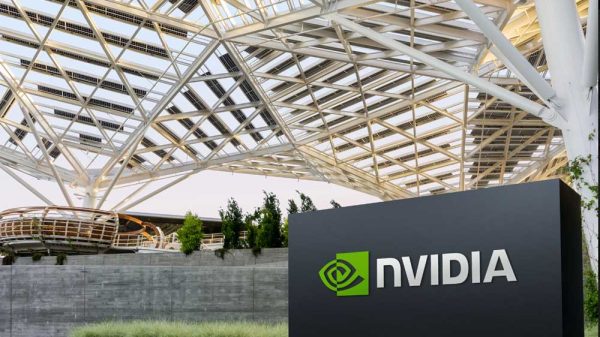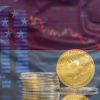In a world where economic uncertainties often loom large, the ability to prevent a recession becomes an extraordinary accomplishment. The Federal Reserve of the United States, commonly referred to as the Fed, has recently emerged as the unlikely hero in this narrative. Despite concerns of an impending economic downturn, the Fed’s decisive actions have averted a recession, at least for now. Let’s delve into the remarkable strategies employed by the central bank and the factors that contributed to this unexpected outcome.
Unpredictability in Economic Forecasts
Economists had been predicting an imminent recession in the United States, with many anticipating its occurrence before the next presidential election. However, as time progressed, these predictions were revised to a milder recession. Surprisingly, the recession narrative was eventually abandoned altogether, leaving experts and analysts wondering how such a scenario unfolded.
The Fed’s Vigilant Measures
The Federal Reserve embarked on an extensive campaign to curb inflation, raising interest rates to the highest level in over two decades. This aggressive approach aimed to slow down the economy, but it carried the risk of inadvertently causing job losses for millions of Americans. Over the course of 20 months, the Fed increased its key interest rate target a staggering 11 times, employing a historical pace not witnessed since the inflation crisis of 1980.
Unleashing Unprecedented Measures
To further combat inflation, the Fed also undertook the selling of trillions of dollars worth of bonds and other accumulated debt. Consequently, demand for Treasuries diminished, leading to higher yields. This spike in lending rates affected consumer loans, mortgages, credit cards, and other interest-dependent financial products. The housing market, in particular, experienced significant setbacks, with projections indicating its worst performance since 1993.
The Fed’s Balancing Act
Despite the potential risks associated with these measures, the Federal Reserve managed to achieve a delicate balance. While the current state of the American economy may not be ideal, it has not succumbed to a recession. In fact, job growth has remained robust, consumer spending continues, and the economy expanded at a remarkable annualized rate of 5.2% in the last quarter. The Fed’s ability to rein in inflation without plunging the nation into a recession is a testament to its resilience and ingenuity.
The Role of Luck
Fed Chair Jerome Powell openly acknowledges that he did not anticipate the economy’s resilience in the face of the unprecedented rate-hiking campaign. The job market, in particular, has remained strong due to lingering effects of the pandemic, such as the “Great Resignation” phenomenon. The resulting labor shortage compelled businesses to increase wages, while mass layoffs remained relatively rare. This thriving job market provided the necessary foundation for the Fed to continue raising rates without jeopardizing the overall economy.











